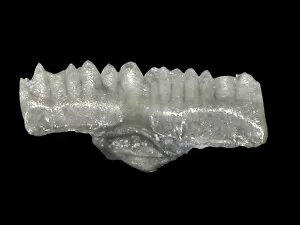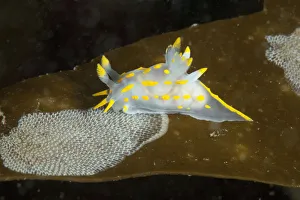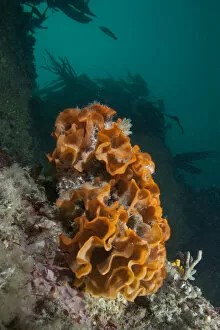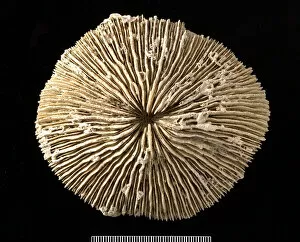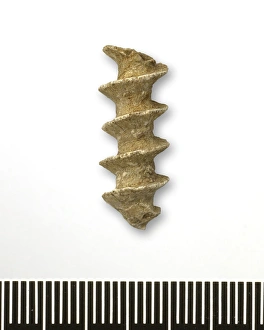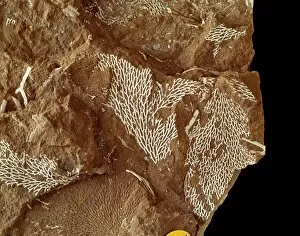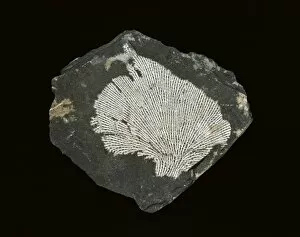Moss Animal Collection
Discover the fascinating world of moss animals, also known as bryozoans
All Professionally Made to Order for Quick Shipping
Discover the fascinating world of moss animals, also known as bryozoans. These small aquatic creatures have been around for millions of years, with some species dating back to the Ozarkodina remscheiddensis eosteinhornensis era. Intriguingly diverse in appearance and behavior, moss animals captivate marine enthusiasts worldwide. Take a glimpse into their lives through this captivating collection of images. Witness the delicate dance between a white and yellow nudibranch (Polycera quadrilineata) as it feeds on a vibrant sea mat. The colors intertwine in an underwater ballet that showcases nature's artistry. Transport yourself back to 1833-39 with a beautifully colored engraving depicting a Moss Animal colony. This vintage artwork captures the intricate details and structure of these organisms, reminding us of their historical significance. Marvel at the symbiotic relationship between proliferating anemones (Epiactis prolifera) and Kelp lace bryozoans. These coexisting species create a harmonious ecosystem where each benefits from the other's presence. Observe another nudibranch (Polycera quadrilineata), this time feasting on a bryozoan Sea mat (Membranipora membranacea). Witnessing this interaction reminds us that even within seemingly static environments, life is constantly evolving and adapting. Explore Sark's British Channel Islands to encounter Ross Bryozoan (Pentapora fascialis) L Etac—a true marvel in its own right. Its intricate patterns resemble delicate lacework against the backdrop of crystal-clear waters. Delve deeper into biodiversity with Archimedes swallovanus—a mesmerizing bryozoan resembling tiny spiraling towers reaching towards unseen heights beneath the waves. Immerse yourself in coral reefs adorned by Fungia—the perfect habitat for various marine organisms including bryozoans seeking shelter amidst vibrant ecosystems bursting with life.

